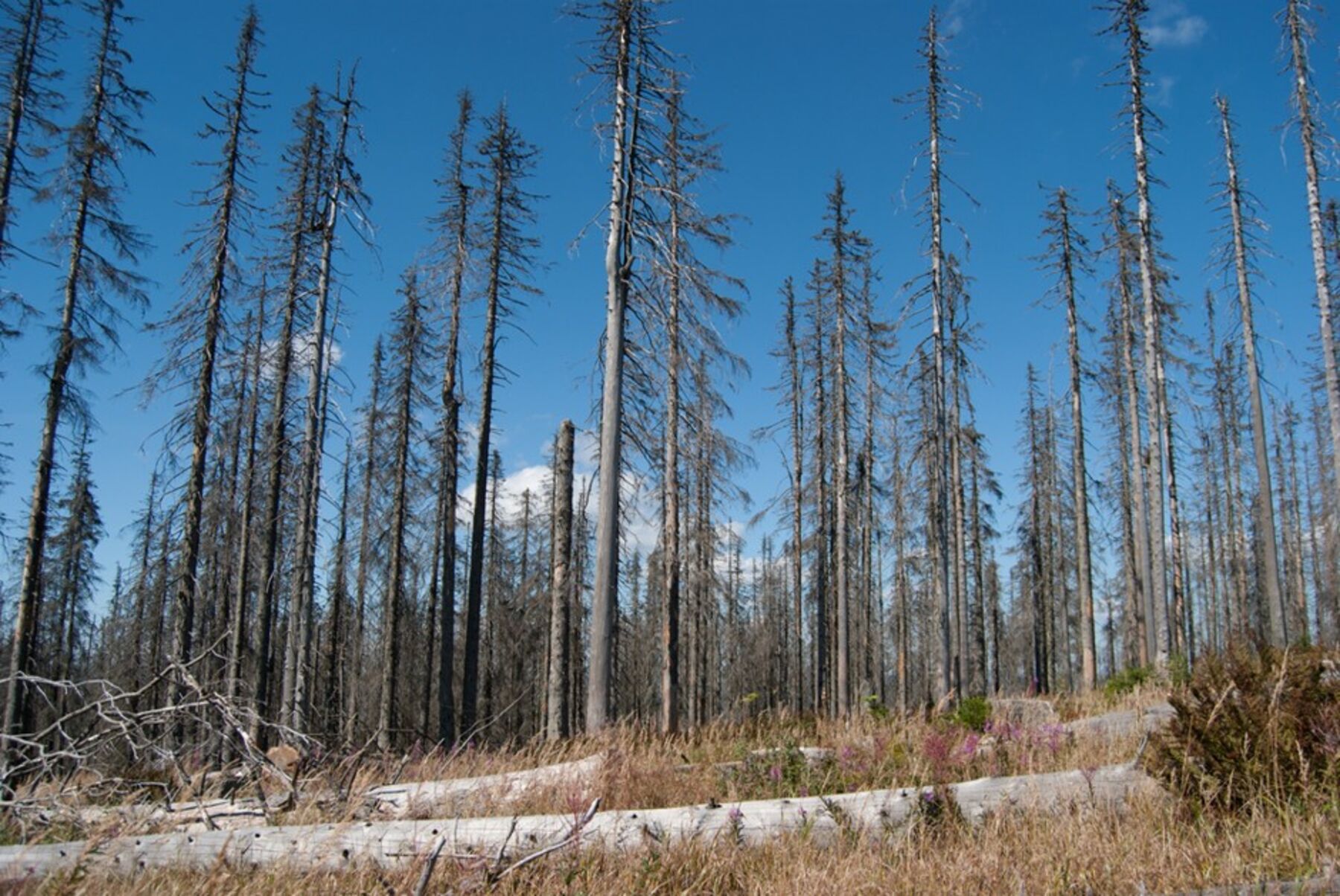As Bill Mckibben remarked in his book, Wandering Home: A Long Walk Across America’s Most Hopeful Landscape, “If we’re going to talk about the wilderness, we have to face the truth that it’s hard to separate out the natural and the artificial” (McKibben). When considering our current climate crisis and the steps we have taken to reach this critical point in our existence, it is crucial to question to what extent these federally and state-protected wilderness lands are truly “wild” anymore and whether humans permanently blurred the line between the natural and artificial; however, the vagueness of the term “wilderness” can be interpreted in multiple facets, leading to issues with adequate protection of what we consider “wilderness.”
Drought, hurricanes, severe flooding are among some examples of natural disasters that are becoming more common as a direct result of human activity in recent centuries. For example, according to the Adirondack Council founded in 1975, the Adirondacks has experienced some of the worst recent damage from acid rain, which not only parches its forests and suffocates fish populations, but has adverse effects on the people who call this lush area of New York home (Adirondack Council). The Adirondacks has seen fewer cases of acid rain in the past year, yet one must wonder how much its ecosystem was permanently scarred as a result (Foley). Figure 1 below shows the damage to the Adirondack wilderness as a result of acid rain (Grabar).

Source: Grabar, Henry. “50 Years After Its Discovery, Acid Rain Has Lessons for Climate Change.” Bloomberg.com, Bloomberg, 10 Sept. 2013, www.bloomberg.com/news/articles/2013-09-10/50-years-after-its-discovery-acid-rain-has-lessons-for-climate-change.
It is challenging to settle on whether our state and national parks are still “wild” without understanding the definition of “wilderness.” However, according to the WILD Foundation, the term “wilderness” is “subject to interpretation” as multiple frames of context are required and can either be used relatively loosely or precisely (WILD Foundation). Therefore, depending on whether you are reading state law or at the dinner table, this term can be used and interpreted in many ways. The WILD Foundation defines wilderness as: “The most intact, undisturbed wild natural areas left on our planet – those last truly wild places that humans do not control and have not developed with roads, pipelines or other industrial infrastructure” (WILD Foundation).
When reading this definition, however, it is difficult to think of places in this country, and even around the world, that aren’t controlled or developed by humans. It is no question that we have control over our planet, whether it is physically altering its topography or provoking upticks in natural disasters and changes to the climate. Whether or not protected lands are truly “wild” is completely up to interpretation and personal perspective, yet in order to continue preserving these vital ecosystems, we must consider making the term “wilderness” more applicable. If we define this term more clearly, the way in which we connect with our planet will change for the better.
Works Cited
Adirondack Council. “Acid Rain.” Adirondack Council, 2021, www.adirondackcouncil.org/page/acid-rain-86.html.
Foley, Martha, and Curt Stager. “Adirondack Lakes Recover from Acid Rain, but with an Altered Ecosystem.” NCPR, 10 Sept. 2020, www.northcountrypublicradio.org/news/story/35553/20200910/adirondack-lakes-recover-from-acid-rain-but-with-an-altered-ecosystem.
Grabar, Henry. “50 Years After Its Discovery, Acid Rain Has Lessons for Climate Change.” Bloomberg.com, Bloomberg, 10 Sept. 2013, www.bloomberg.com/news/articles/2013-09-10/50-years-after-its-discovery-acid-rain-has-lessons-for-climate-change.
McKibben, Bill. Wandering Home: A Long Walk Across America’s Most Hopeful Landscape. St. Martin’s Griffin, 2014.
WILD Foundation. “Defining Wilderness – Wild Foundation.” WILD Foundation – Defending Earth’s Life-Saving Wilderness, 15 July 2020, wild.org/defining-wilderness/.
